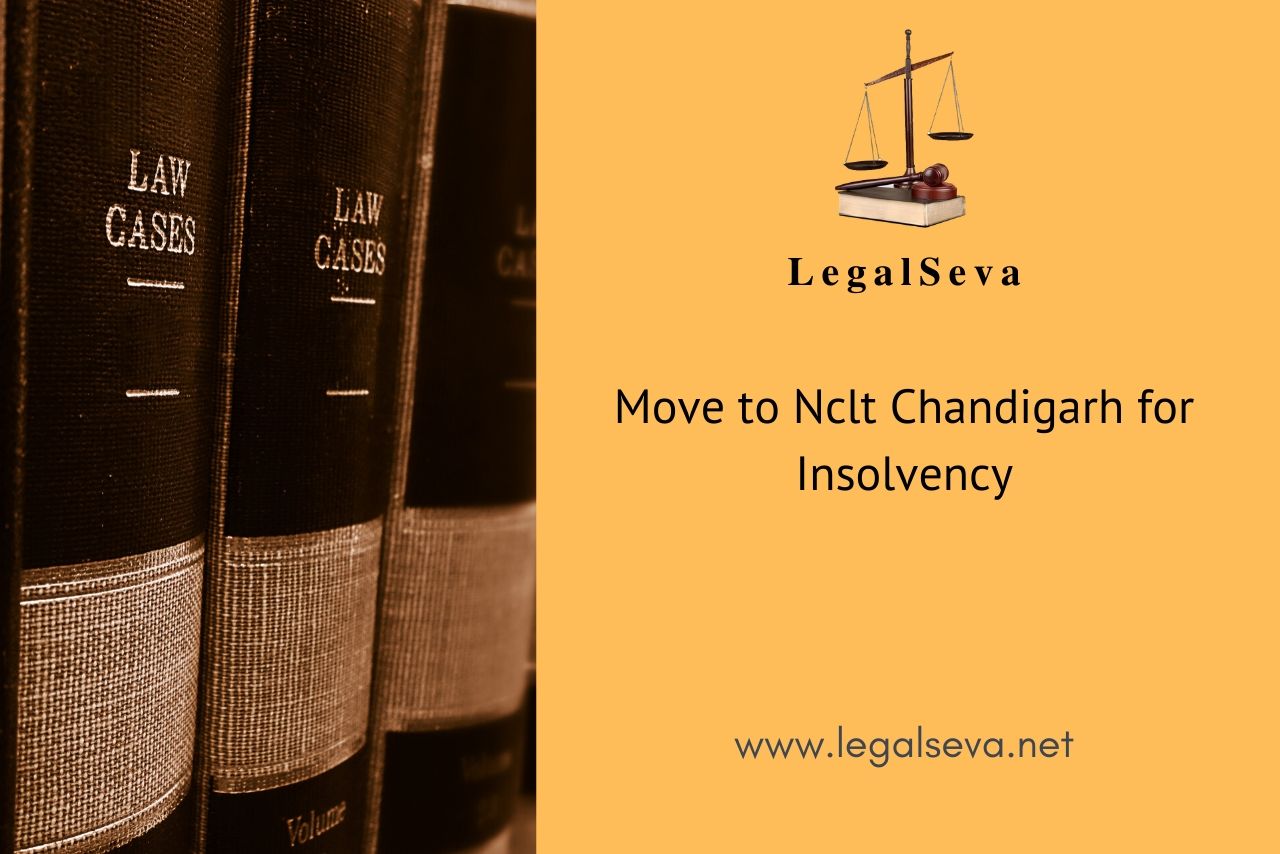Last Updated on November 25, 2018 by Legalseva.net
The Insolvency and Bankruptcy Code, 2016 (IBC) is the bankruptcy law of India which seeks to consolidate the existing framework by creating a single law for insolvency and bankruptcy. The Insolvency and Bankruptcy Code, 2015 was introduced in Lok Sabha in December 2015. It was passed by Lok Sabha on 5 May 2016 The Code received the assent of the President of India on 28 May 2016 Certain provisions of the Act have come into force from 5 August and 19 August 2016 The bankruptcy code is a one stop solution for resolving insolvencies which at present is a long process and does not offer an economically viable arrangement. A strong insolvency framework where the cost and the time incurred is minimised in attaining liquidation has been long overdue in India. The code will be able to protect the interests of small investors and make the process of doing business a less cumbersome process.
Also Read- A MUST KNOW ABOUT INSOLVENCY AND BANKRUPTCY CODE, 2016
Insolvency Resolution : The Code outlines separate insolvency resolution processes for individuals, companies and partnership firms. The process may be initiated by either the debtor or the creditors. A maximum time limit, for completion of the insolvency resolution process, has been set for corporates and individuals. For companies, the process will have to be completed in 180 days, which may be extended by 90 days, if a majority of the creditors agree. For start ups (other than partnership firms), small companies and other companies (with asset less than Rs. 1 crore), resolution process would be completed within 90 days of initiation of request which may be extended by 45 days.
Also Read- HOMBUYERS AND INSOLVENCY
Insolvency regulator: The Code establishes the Insolvency and Bankruptcy Board of India, to oversee the insolvency proceedings in the country and regulate the entities registered under it. The Board will have 10 members, including representatives from the Ministries of Finance and Law, and the Reserve Bank of India.[9]
Insolvency professionals: The insolvency process will be managed by licensed professionals. These professionals will also control the assets of the debtor during the insolvency process.
Also Read- Bankruptcy Law in India Decoded
Bankruptcy and Insolvency Adjudicator: The Code proposes two separate tribunals to oversee the process of insolvency resolution, for individuals and companies: (I) the National Company Law Tribunalfor Companies and Limited Liability Partnership firms; and (ii) the Debt Recovery Tribunal for individuals and partnerships.[citation needed]
Also Read- RECOVER YOUR SALARY THROUGH NCLT CHANDIGARH
Procedure
A plea for insolvency is submitted to the adjudicating authority (NCLT in case of corporate debtors) by financial or operation creditors or the corporate debtor itself. The maximum time allowed to either accept or reject the plea is 14 days. If the plea is accepted, the tribunal has to appoint an Insolvency Resolution Professional (IRP) to draft a resolution plan within 180 days (extendable by 90 days). following which the Corporate Insolvency Resolution process is initiated by the court. For the said period, the board of directors of the company stands suspended, and the promoters do not have a say in the management of the company. The IRP, if required, can seek the support of the company’s management for day-to-day operations. if the CIRP fails in reviving the company the liquidation process is initiated.
Also Read- DEBT RECOVERY UNDER IBC: A SPEEDY REMEDY FOR CREDITORS
For more info on the subject or any specific input, please dial 99888-17966.


